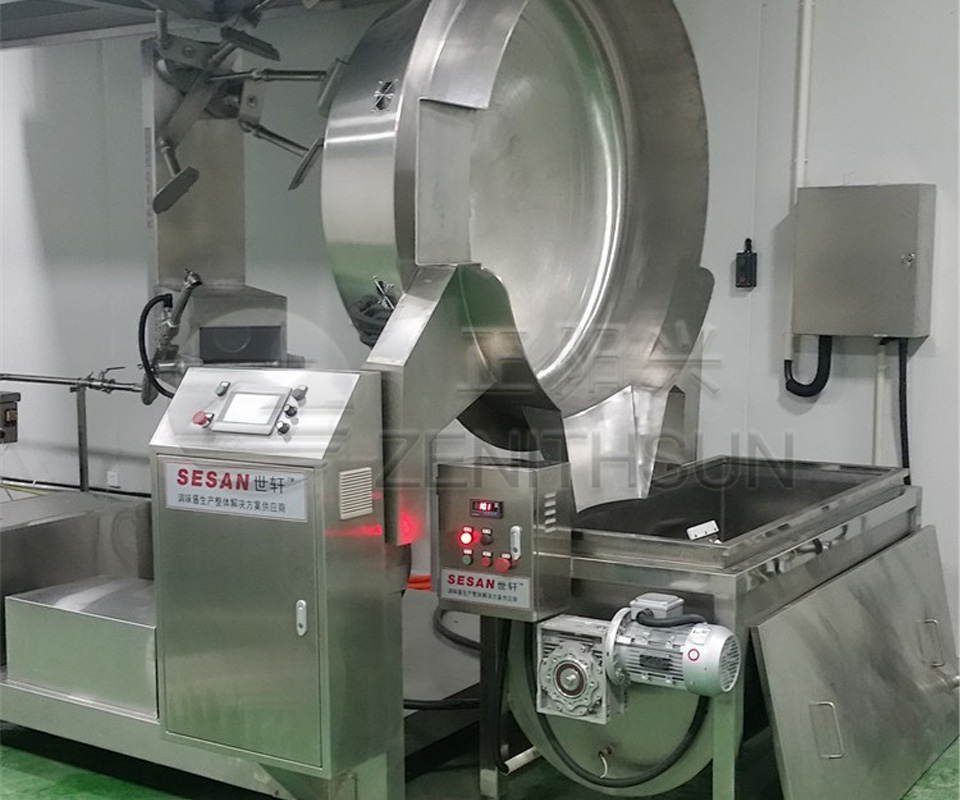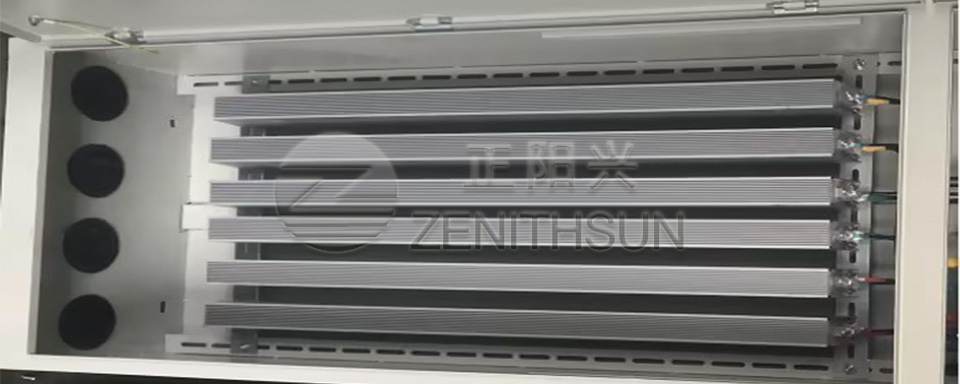During the braking process, the internal losses of the motor and the mechanical load losses are approximately 20% of the rated torque.
Therefore, if the required braking torque is less than this value, no external braking resistor is required. When the frequency converter (VFD) is used for deceleration or emergency deceleration of a large inertia load, the motor works in the power generation state and transmits the load energy to the DC circuit of the VFD through the inverter bridge, causing the VFD bus voltage to rise.
When it exceeds a certain value, the frequency converter will report an overvoltage fault (deceleration overvoltage, sudden deceleration overvoltage).
In order to prevent this phenomenon from happening, a braking resistor must be selected.
Selection of Braking Resistor resistance:
The resistance value of the braking resistor should not be too large. Excessive resistance value will lead to insufficient braking torque. It is generally less than or equal to the braking resistor resistance value corresponding to 100% braking torque. The resistance of the braking resistor should not be too small, and should not be less than the minimum allowable value of the braking resistor. Excessive braking current may damage the built-in braking unit of the inverter.
Selection of braking resistor power:
After selecting the resistance value of the Braking Resistor, select the power of the braking resistor according to the braking utilization rate of 15% and 30%. Taking a 100kg suspended fully automatic dehydrator as an example, using an 11kW frequency converter, the brake usage rate is about 15%: You can select the 62Ω braking resistor corresponding to “100% braking torque”, and then select the power of the braking resistor. Referring to the “100% braking torque” and “15% braking utilization” tables, the corresponding braking resistor power is 1.7kW, and the commonly used ones are 1.5kW or 2.0kW. Finally, choose “62Ω, 1.5kW” or 2.0 kW braking resistance.
” In order to brake faster, two “62Ω, 1.5kW braking resistors” can be connected in parallel, which is equivalent to a “31Ω, 3.0kW braking resistor”.
However, it should be noted that the final value of the Braking Resistor connected between the P+ and DB terminals should not be less than the specified minimum resistance value of 30Ω. Brake usage: This refers to the ratio of time under braking to total operating time. The braking utilization rate allows the braking unit and braking resistor enough time to dissipate the heat generated during braking. For example, if the machine works for 50 minutes and is in braking state for 7.5 minutes, the braking rate is 7.5/50=15%.
For occasions that require frequent braking, such as dehydrators, if the braking rate exceeds 15% in the table, the power of the braking resistor needs to be increased proportionally according to the specific working conditions. Hope this translation is helpful to you!








